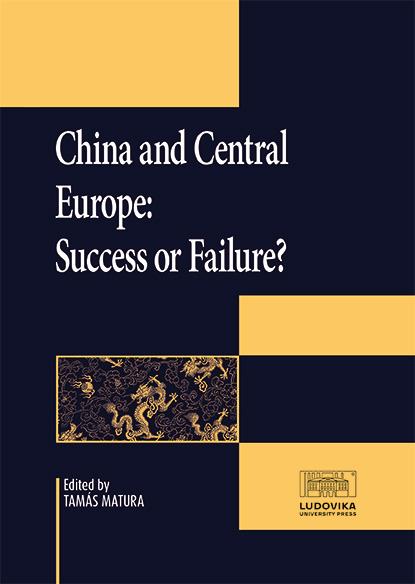China and Romania: Old Friends Drifting Apart
Absztrakt
Today, relations between China and Romania are still seen through the positive optic of the Communist era and still benefit from these old memories. Back during Nicolae Ceaușescu’s rule, China and Romania developed a relation of friendship based on the fact that both of them were communist and both of them had strained relations with the USSR. Eventually, both of them also turned their gaze to the United States, hoping to balance the USSR.
Nowadays, Sino–Romanian relations encounter many difficulties and they remain just a shadow of their once strong connection of the communist era. Although during the tenure of Victor Ponta, the former Prime Minister of Romania, Romania displayed a growing interest towards China, culminating with the organisation of the then 16 + 1 Summit in Bucharest, in 2013; since then, relations have progressively weakened. Despite regular bilateral exchanges and talks at a ministerial level, the projects discussed during the 2013 summit have not made any progress. For example, the reactors 3 and 4 of the Cernavodă Nuclear Power Plant had been entangled in a puzzle of negotiations and were recently abandoned, joining other projects like the power plants Tarnița–Lăpuștești or Mintia–Deva.
Another sign of Romania’s ambivalence towards China is demonstrated by its approach to the Belt and Road Initiative (BRI) and the Asian Infrastructure Investment Bank (AIIB). Regarding the BRI, Romania has signed only a ministerial memorandum of understanding, but has not developed any BRI projects with China. Regarding the AIIB, after missing the chance to become a founding member, Romania belatedly expressed its intention to join the AIIB, being admitted as a member in 2017, with the accession procedure taking more than a year and a half before receiving parliamentary approval.
This paper will begin by providing a brief overview of the basis of China–Romania relations from the communist era, followed by the evolution of their relations after 1989. The paper will then focus on current developments, like the role of the 16 + 1 (now 17 + 1) format, Romania’s perspectives and involvement in the BRI and the AIIB, the evolution of political relations, private Chinese investments and state-to-state contracts, the outlook for Romania–China relations and the main difficulties that they face.
Keywords: China, Romania, China–Romania relations, BRI, 17 + 1 format, AIIB, Chinese investments



.svg)
